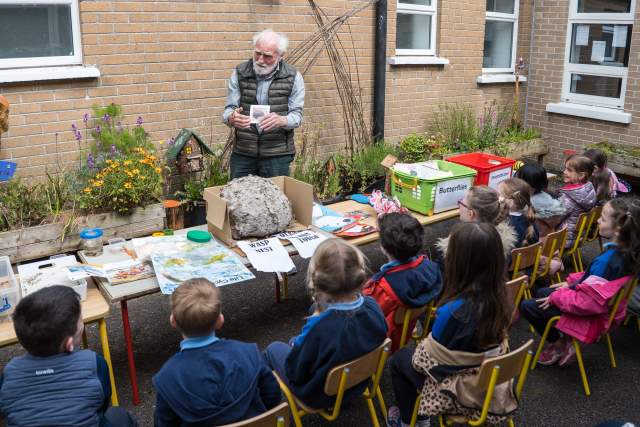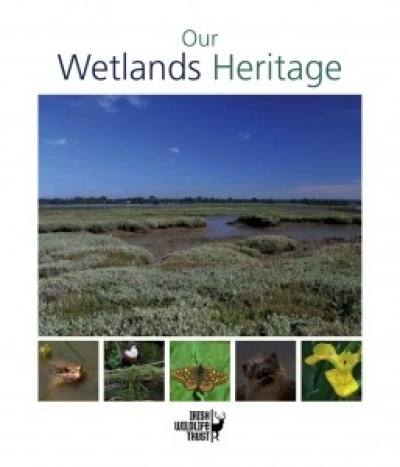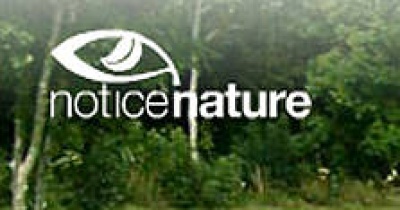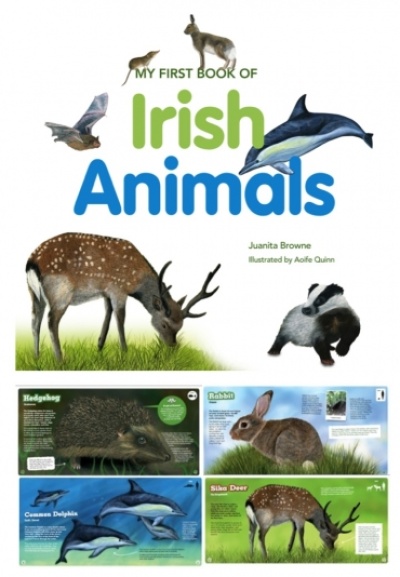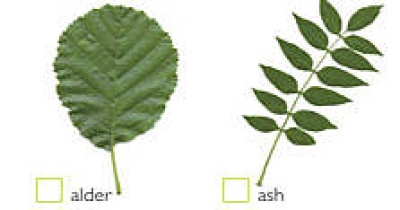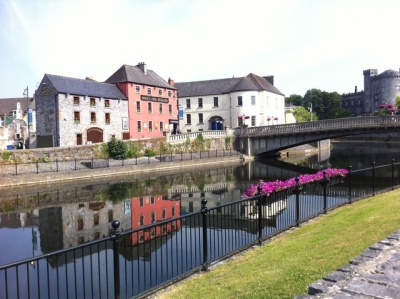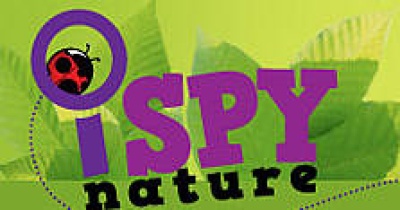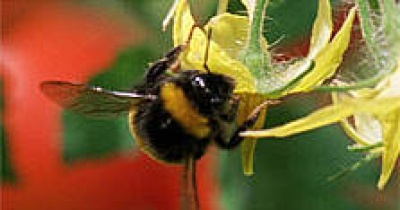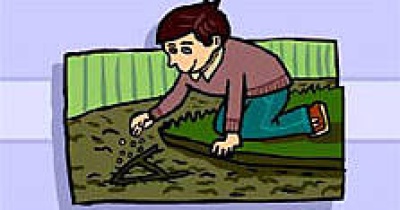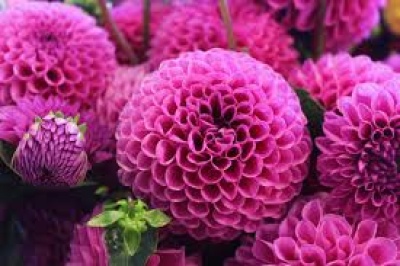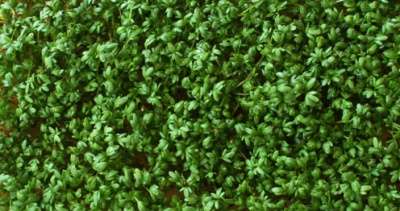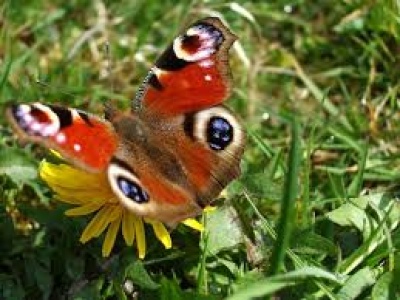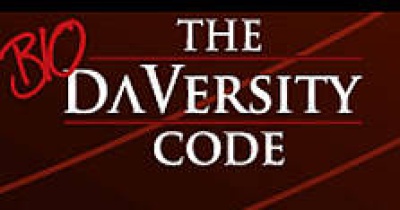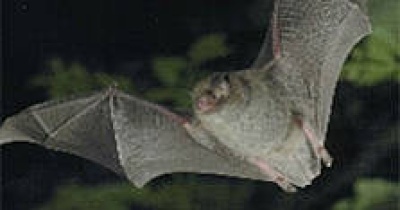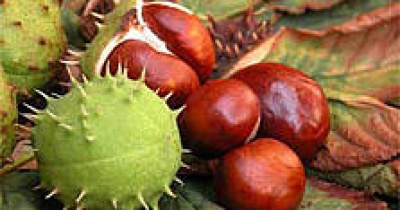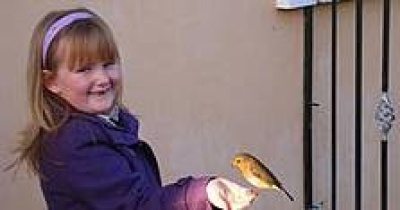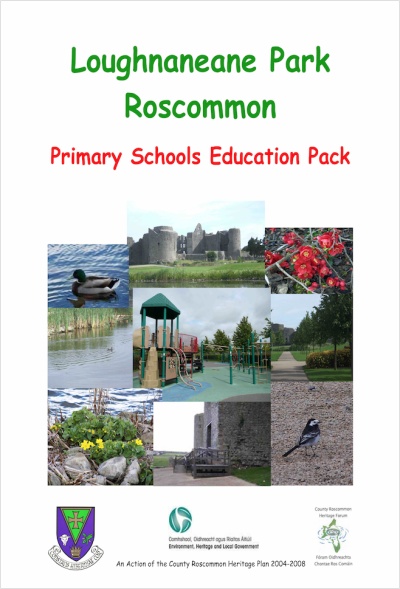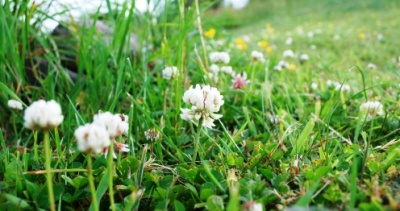This plant grows commonly in lawns and fields. Early in the year only its leaves are obvious. These are described as trefoil leaves - three leaflets from one stem. These trefoil leaves are easy to find and to recognise. Each leaflet is heart shaped with a pale V-shaped mark. The Irish word for clover is seamair. In spring when there are no flowers out yet, the leaves are young clover - seamair óg or shamrock.
There is a tradition that St Patrick used the leaf of the shamrock to illustrate his teachings about the Holy Trinity to the Irish people long ago. Just as there were three leaflets united in one leaf of the shamrock - so were the three deities of the holy trinity united as one God. To commemorate this, Irish people wear a bunch of shamrock in their lapels on March 17th - St Patrick’s Day.
The plant begins to flower in April and there are white clover flowers all summer long until the end of September. The white clover flower head is actually a cluster of small individual flower heads. The flowers can be visited by honey bees who gather the nectar to make particularly delicious clover honey. As the clover is a member of the pea family, its seeds are carried in pods.
Clover was planted by farmers in their pastures to improve the fertility of the soil. Plants need nitrogen in order to grow and usually, to get a good crop, the farmer must add nitrogen as a fertiliser to the soil. All members of the pea family - including the clovers - are able to take in the nitrogen from the air and use it to grow. They are able to fix nitrogen in this way because they have special nodules on their roots. These nodules are formed because the plant can form an association with a particular type of nitrogen-fixing bacteria and together the plant and bacteria work in a symbiotic relationship to fix nitrogen from the air. Thus, in the days before farmers had large quantities of cattle slurry to restore the nitrogen levels in their soil, they were very glad to plant clover and let it improve the nutrient quality of their soil.
Things to do with Senior Infants
1. Around St Patrick’s Day, the class can be brought out to collect shamrock from the school lawn or field. They can be told about the tradition of St Patrick and the shamrock.
2. In May or June the class can go out to look for clover in flower. White clover has obvious white flower heads. Pupils may also find red clover which has purple flowers which are larger than those of the white clover. They may also find small yellow clover flowers. These belong to a different species - yellow clover - which grows in the drier parts of grassland areas.
